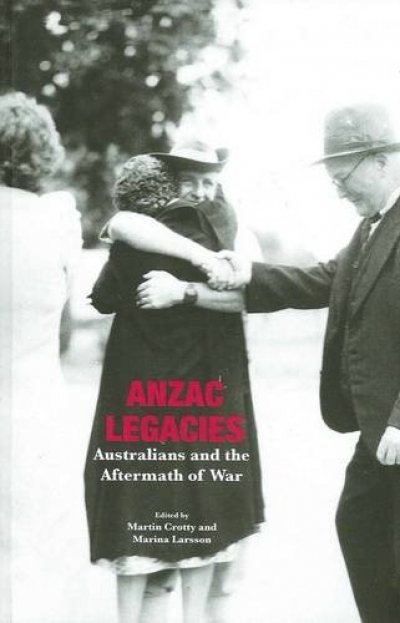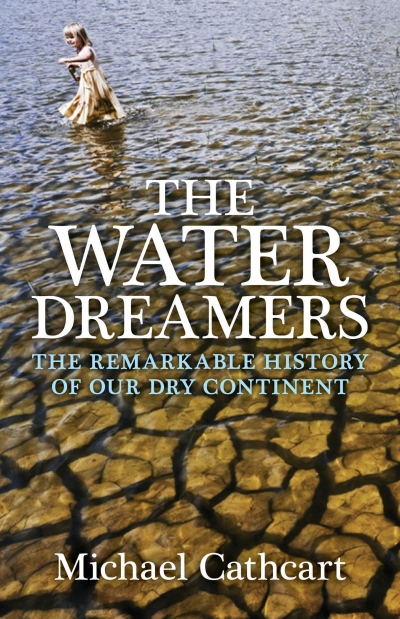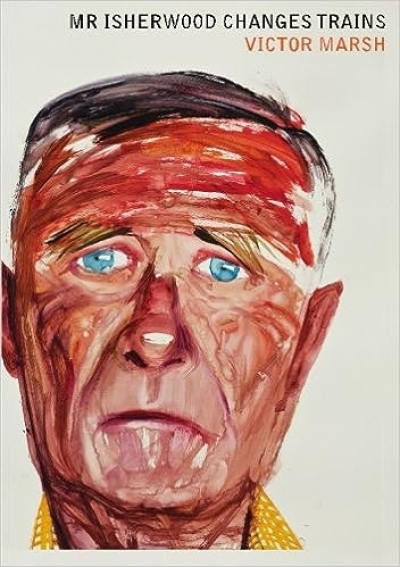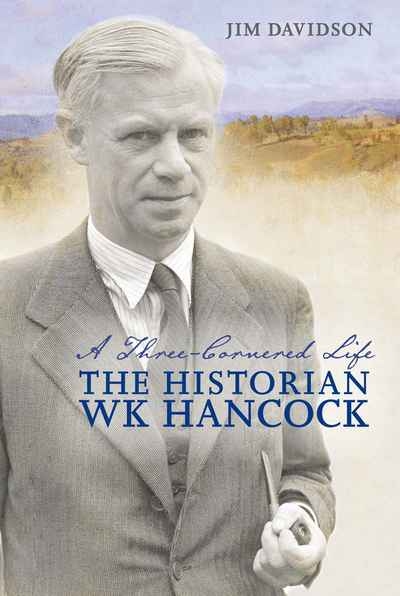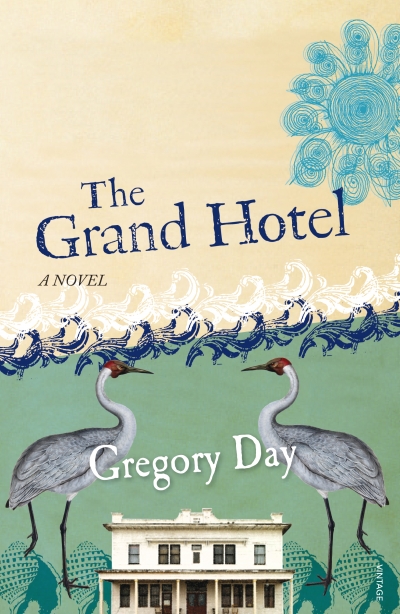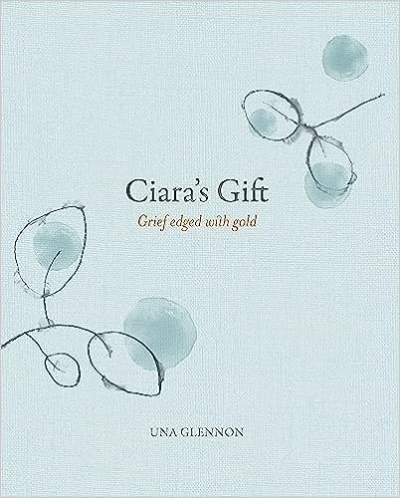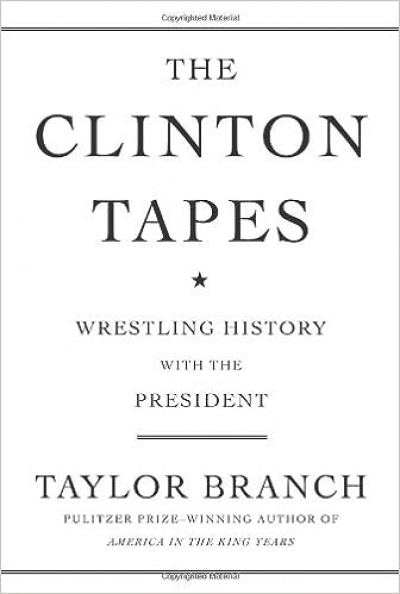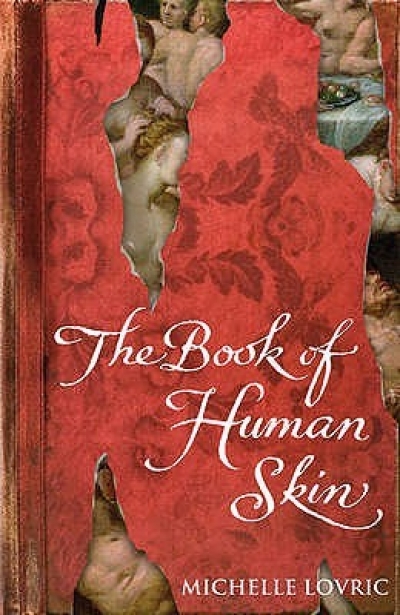Archive
Anzac Legacies: Australians and the Aftermath of War edited by Martin Crotty and Marina Larsson
The Water Dreamers: The remarkable history of our dry continent by Michael Cathcart
Mr Isherwood Changes Trains: Christopher Isherwood and the Search for the 'Home Self' by Victor Marsh
The kindness of patrons
Early last month we launched our Patrons Scheme. One hundred friends and supporters celebrated the event in style at ‘Cranlana’, in Melbourne. A full report appears on page 5, next to a list of all our Patrons. For ABR, as we have already reported, private philanthropy is absolutely essential. Without it we can’t grow, can’t take the odd risk, can’t introduce many new features.
... (read more)A Three-Cornered Life: The Historian W.K. Hancock by Jim Davidson
Ciara's Gift by Una Glennon & Murderer No More by Colleen Egan
The Clinton Tapes by Taylor Branch & The Death of American Virtue by Ken Gormley
Busted
Dear Editor,
In his essay ‘Seeing Truganini’ (May 2010), David Hansen focused on the politics around the Benjamin Law busts of Truganini and Woureddy. As an aside, he mentioned that ‘Law’s only other known bust, of Robinson himself, has been lost’. It is ironical that, as Hansen’s essay was going to print, Gareth Knapman (Museum Victoria) and Olga Tsara (State Library of Victoria) located one of the George Augustus Robinson busts in the State Library of Victoria.
... (read more)
